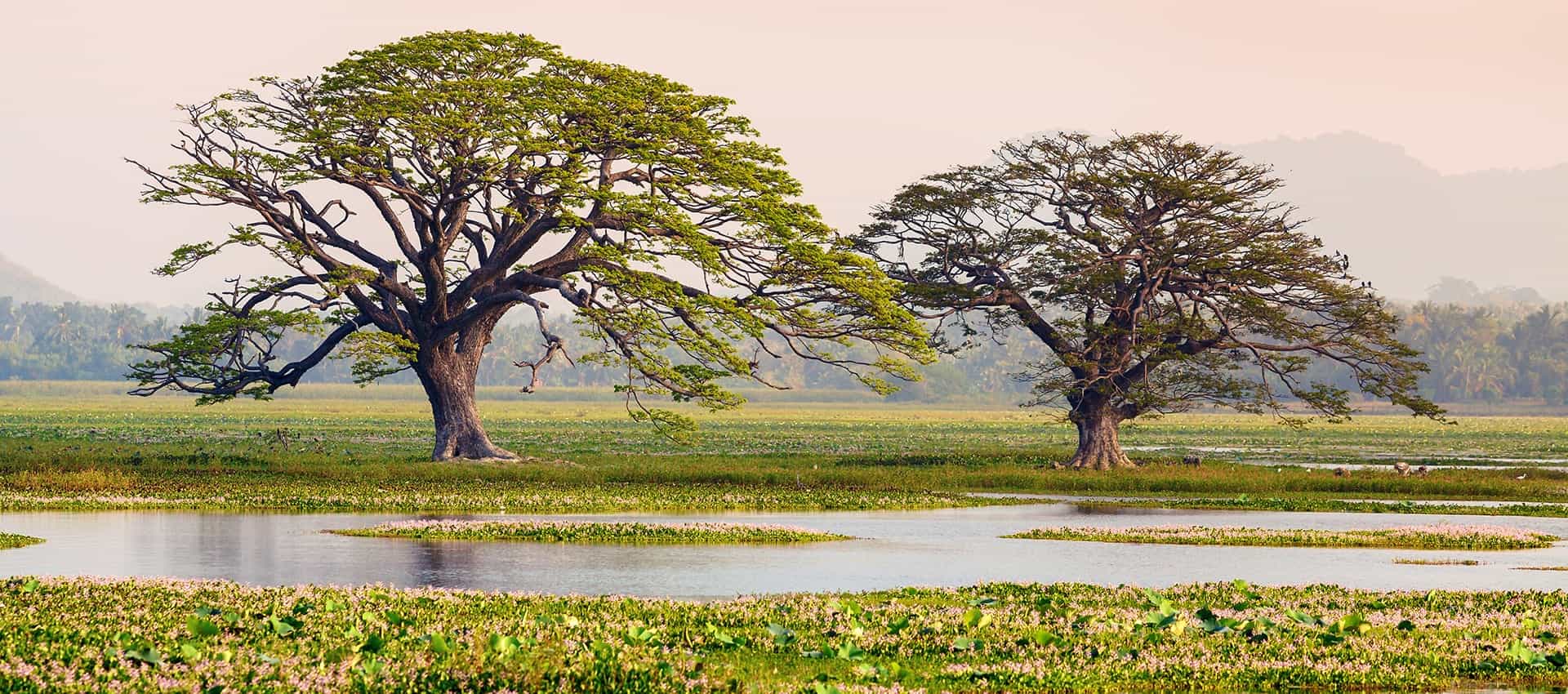Snapshot
The historical towns of Tissa and Kataragama are located in Sri Lanka's south east. Tissa is dominated by lotus filled lakes, lush green paddy fields and gigantic temples dating back to the 2nd century BC. The rural shrine of Kataragama, an hour from Tissa, has great religious and historical significance and brings together multiple faiths to worship within this sacred place. En route to Tissa and Kataragama from the southern highlands you pass through the Buttala foothills, known for its savanna-like plains and home to some of the best National Parks in the country, including Uda Walawe.
Weather
Traditionally, the best time to visit the south coast is from December to April, with similar weather patterns to the Galle Coast. Between May and September, however, travel east beyond Galle along the south coast and you can be rewarded with more settled weather than further west. Sri Lanka is affected by two monsoons which generally means that there is good weather somewhere. October to mid-December can see heavy rain brought in by the north-east monsoon, with the south-west monsoon bringing heaviest downpours from mid-April to mid-June. There is also an unsettled inter-monsoonal period in October.
Getting There
Tissa & Kataragama can be reached travelling from the hill country via the Buttala Foothills, as well as along the south coast. Another travel option to Hambantota is via the Mattala International Airport which opened in 2012. There are daily transfers from Colombo’s International Airport to Mattala on Sri Lankan Airlines
Highlights
- Tissa’s ancient dagobas set amidst lush green paddyfields
- Kataragama Perehara in July or August
- Bird watching in Bundala National Park
- Wild elephants and elephant orphanage near Uda Walawe
- Maligawila Buddha statues
- Buduruwagala’s ancient rock sculptures
Tissa:
The ancient Buddhist temples of Tissa including the Maha Stupa, Sandagiri dagoba and monastery complex, Yatala and the Menik Dagobas are all in close proximity. An archeological museum provides a glimpse into the ancient Ruhunu kingdom. A scenic backdrop to Tissamaharama town is provided by the sprawling Tissa Weva built by King Kavantissa 2,300 years ago. These lakes attract water birds including cormorant, purple heron, Caspian tern and the painted stork.
Kataragama:
This ancient, multi-faith pilgrimage site –originated from 2C BC when King Dutugemunu, a warrior king and Sinhala folk hero, built a shrine here for the worship of the Kataragama God. Each day, at specific times, Kataragama’s Hindu shrines come alive when poojas are presented to the Gods – baskets filled with fruit and flowers, burning incense and oil lamps, dashing of coconuts, clanging of bells, and the continuous chanting – a mesmerizing experience. The most significant and spectacular event of the year is undoubtedly Kataragama’s two-week Perehara (cultural pageant) which takes place late July or early August. This colourful festival is heldin honour of Skandha, the warrior God of Kataragama. The Perehara depicts Hindu folklore, music and dance forms, as well as fire walking in sacrifice and devotion to God Kataragama
Uda Walawe National Park:
Further north, is home to over 500 Asian elephants. The Elephant Transit Camp at Uda Walawe, run by Sri Lanka’s Wildlife Department, provides protection to more than 20 young elephants, mostly babies that have been orphaned or recovering from injuries prior to releasing them back to the wild. The Yala National Park, in the far south east, is home to the greatest variety of Sri Lanka’s wildlife, including leopard, elephant, sloth bear, buffalo, monkey, sambar, deer and crocodiles. The Lunugamvehera National Park acts as a corridor for elephants migrating from Yala to Uda Walawe.
Maligawila & Buduruwagala:
The most significant historical sites in the Buttala Foothills are the Maligawila statues and the gigantic rock carvings of Buduruwagala. The Maligavila Buddha statue dates back to the 7th century BC and is the largest freestanding image of Lord Buddha in Sri Lanka, reaching a height of about 14 metres. Carved out of a single piece block of limestone, this statue was discovered in fragments. In 1980 the statue was restored. The ancient rock sculptures at Buduruwagala are carved into a 70ft granite cliff. The sculptures are said to date back to the 8th century.
Bundala & Tissa wetlands:
Combine 20km of beach, lagoons and scrub bordering the sea and hosting more than 150 bird species including winter migratory birds and large flocks of flamingos. The lagoons are also popular with crocodiles. From October to January the park also receives visits from the endangered marine turtles that lay their eggs on the shore.
The serene and tranquil town of Tissa, short for Tissamaharama, was the capital of the ancient Ruhunu Kingdom in the 2nd century BC. Tissa is named after King Kavantissa who built the Tissa Weva and Deberawewa reservoirs. The sacred jungle shrine of Kataragama was built by the warrior king Dutugemunu, father of Kavantissa, to pay homage to God Kataragama. The Kirivehera, a
Buddhist dagoba dating back to the 1st century, as well as several Hindu shrines, a mosque, and church are housed within the complex. The Mahavamsa describes how Buddhist warrior kings used Buttala as a base to defend the Ruhunu Kingdom against the invading Indians from the north. Evidence of an ancient Buddhist civilisation can be seen in caves and excavated jungle ruins in the
Buttala Foothills.
Tissamaharama and Kataragama
Tissamaharama and Kataragama are scattered with scenic paddy fields used to grow rice, as well as a variety of tropical fruit trees that flourish in the drier heat of this region. Tissa is known for producingsome of the best tamarind and woodapple in the island. As you drive through this rural area, as well as the paddy fields you will notice makeshift stalls along the side of the road selling fresh buffalo curd and kithul (honey-like sweet syrup) in traditional earthenware pots. For a sugary treat, try dodol, an authentic Sri Lankan sweet which is particularly loved by local children. Restaurants are limited in this area and we recommend dining at your hotel.
Popular Activities
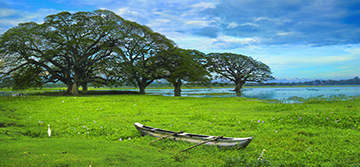
Tissamaharama
Tissamaharama, Sri Lanka
Tissamaharama is a sacred town scattered with lakes and Buddhist temples that was the capital of the ancient Ruhunu Kingdom in the 2nd century BC.
Duration: 2 - 3 hours
Best time: Year-round
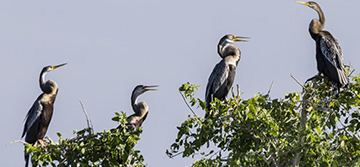
Bundala & Tissa Wetlands
Bundala national park, bundala, Sri Lanka
Bundala & Tissa wetlands combine 20km of beach, lagoons and scrub hosting more than 150 bird species and should delight bird lovers in Sri Lanka.
Duration: 3 hours
Best time: October to March
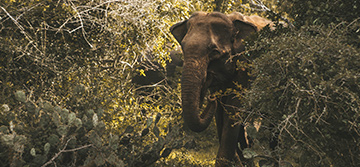
Udawalawe National Park
Udawalawe National Park, Udawalawa, Sri Lanka
Udawalawe National Park is one of the best places to see elephants in Sri Lanka – up to 500 elephants, along with other wildlife, are found here.
Duration: 3 hours
Best time: Year-round
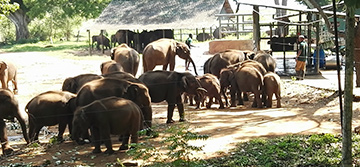
Udawalawe Elephant Transit Home
Udawalawa, Sri Lanka
Visit the Elephant Transit Home in Udawalawe National Park, a rehabilitation centre for orphaned elephant calves.
Duration: 1 hour
Best time: Year-round
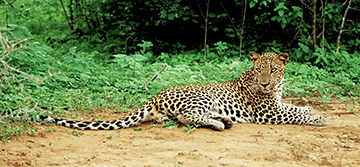
Lunugamvehera National Park
Lunugamvehera National Park, Tanamalwila, Sri Lanka
Positioned between Yala and Uda Walawe, Lunugamveherea National Park is home to 184 species of bird and a wide variety of other Sri Lankan animals.
Duration: 1 hour
Best time: May to September
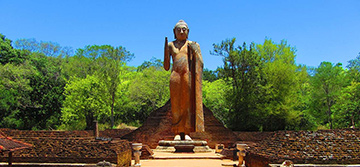
Maligawila Buddha Statue
Maligawila Buddha Statue (බුද්ධ ප්රතිමාව),Sri Lanka
The Maligawila statue, the largest freestanding image of Lord Buddha in Sri Lanka, dates back to the 7th century BC. It stands at 14 metres tall and is carved out of a single block of limestone.
Duration: 2 hours
Best time: Year-round
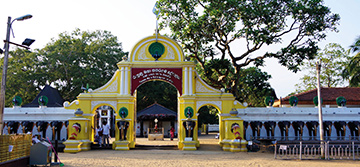
Kataragama
Kataragama, Sri Lanka
An ancient pilgrimage site visited by Hindus, Buddhists, Muslims and Christians. It is believed that King Dutugemunu built a shrine here for the worship of the Kataragama God in the 2nd century BC.
Duration: 1 hour
Best time: Year-round
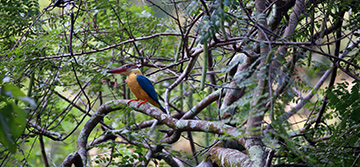
Kalametiya Bird Sanctuary
Kalametiya Bird Sanctuary, Hambantota, Sri Lanka
Kalametiya Bird Sanctuary is a beautiful, mellow spot with just you and a boatman punting a boat around the lagoon.
Duration: 2 hours
Best time: November to April

Bundala National Park
Bundala national park, bundala, Sri Lanka
Bundala National Park, which neighbours Yala, is one of the best places for birdwatching in Sri Lanka, and is also home to sloth bears, elephants and deer.
Duration: 3 hours
Best time: September to March
